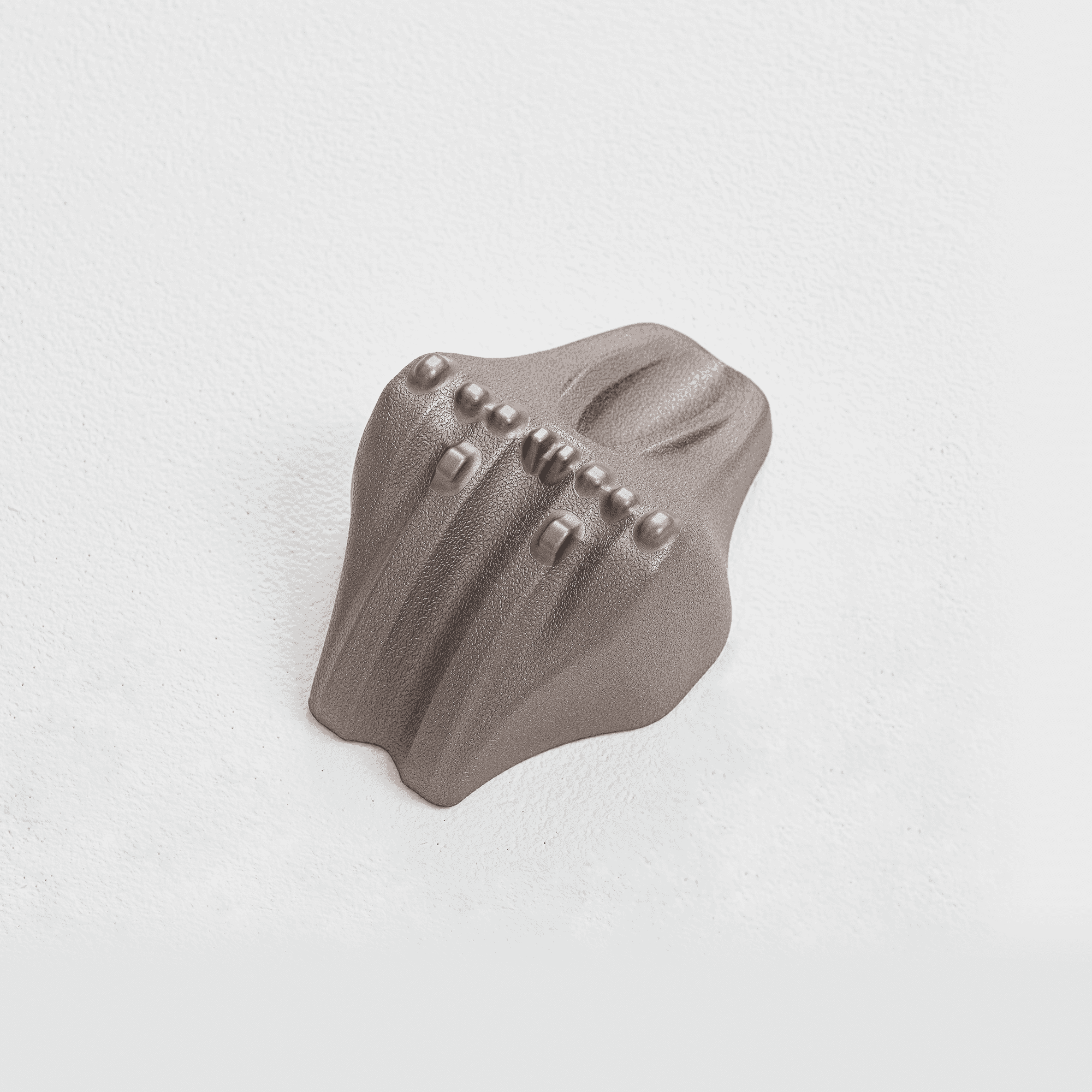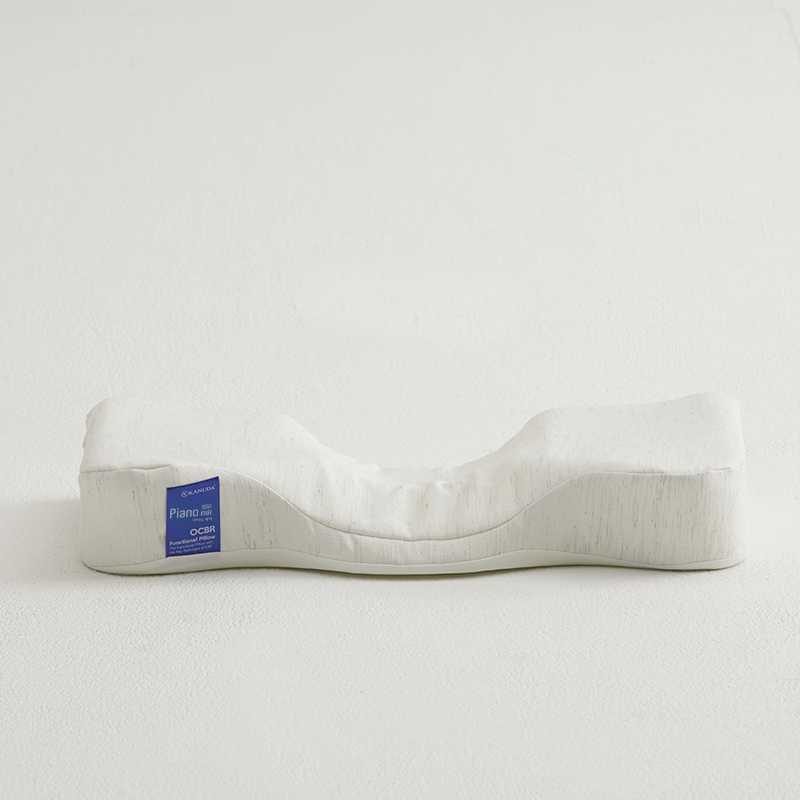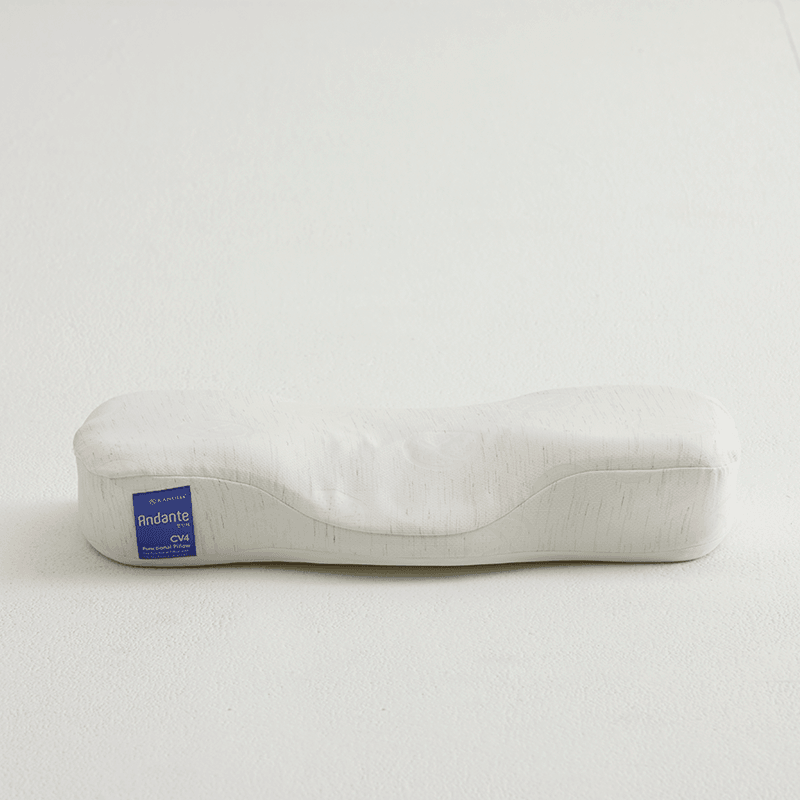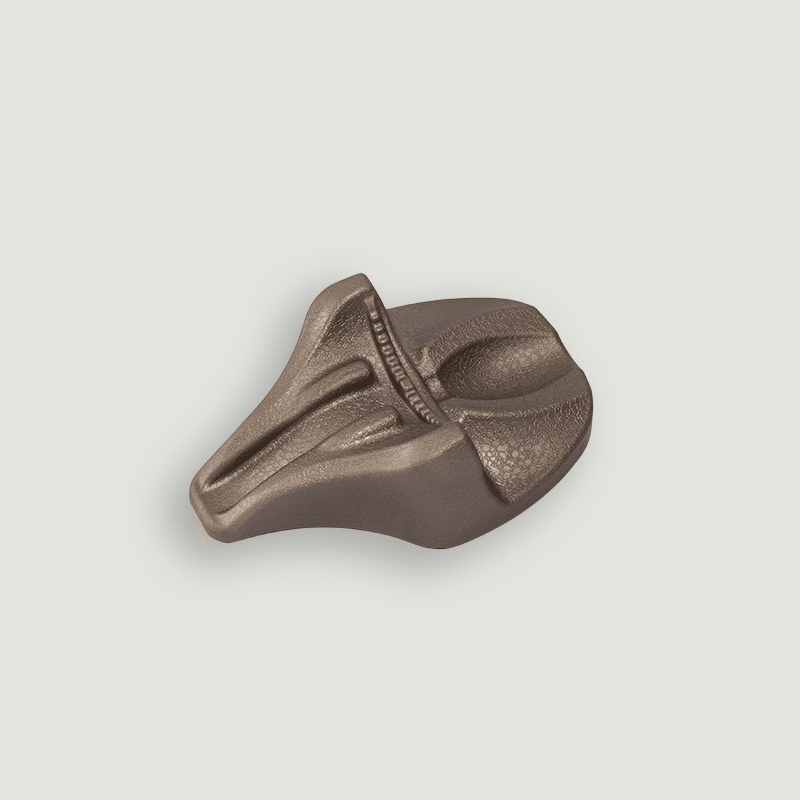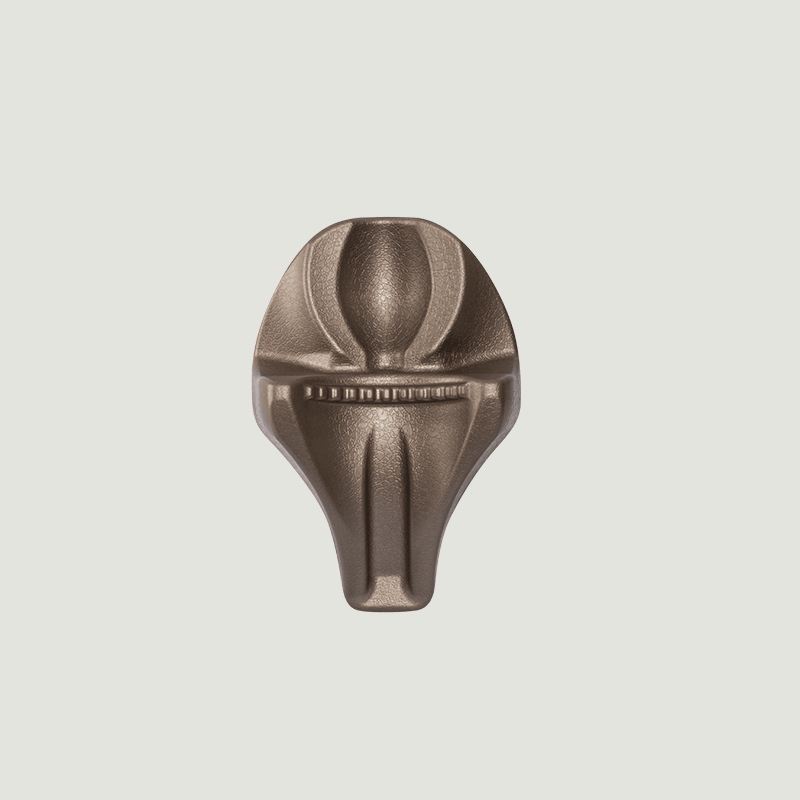Dealing with sacral pain can be tough, whether it's day or night. Let's explore how to manage this pain around the clock and get some relief. Sacral pain can really affect your daily life, making it hard to sleep well or do everyday tasks. It's important to understand how to handle this pain throughout the day and night to make your life better.
Key Takeaways
- Sacral pain affects about 25% of adults with chronic low back pain
- At night, use supportive pillows and keep good sleep posture
- During the day, use traction devices, practice good posture, and take breaks
- Combining physical therapy, exercise, and lifestyle changes can really help manage pain
- Choose the right support products for your specific needs
Understanding Sacral Pain
Sacral pain happens in your lower back, where your spine meets your pelvis. It can be caused by things like injuries, arthritis, or even pregnancy. This pain can make it hard to sit, stand, or sleep comfortably. The sacroiliac (SI) joint, which connects the sacrum to the pelvis, is often where the pain comes from. It can feel like a dull ache or sharp, stabbing pain, and might spread to your buttocks, groin, or thighs.
Did you know that about 25% of people with low back pain might have sacral issues? That's a lot of people! It's important to find ways to manage this pain both during the day and at night. Sacral pain can be really challenging because it affects such an important part of your body, making it hard to move around and feel comfortable.
Nighttime Support for Sacral Pain
Getting a good night's sleep is super important when you're dealing with pain. But it can be hard to find a comfortable position. That's where special pillows can help. Using the right pillows can keep your spine in a good position all night, which can help reduce stress on your sacral area and make you feel better in the morning.
Kanuda's Nighttime Solutions
Kanuda offers some cool pillows designed to help with sacral and back pain while you sleep. Let's check them out:
The Piano Air Pillow is designed to support your neck and shoulders. It's 23.6 inches long, 11.8 inches wide, and 4.1 inches high. This pillow helps keep your spine in a good position while you sleep. You can adjust it to fit how you like to sleep, which can help take pressure off your sacral area.
If you need firmer support, the Andante Pillow might be a better choice. It's about the same size as the Piano Air but offers denser support for your neck. Both pillows can help reduce pain and improve your sleep. The Andante Pillow is especially good if you need more support because of ongoing pain or sleep problems.
Daytime Management of Sacral Pain
Managing sacral pain during the day is just as important as nighttime care. Good posture and the right support can make a big difference in how you feel. During the day, you should focus on keeping your body in good alignment, reducing stress on your sacral area, and taking care of your whole spine. This might mean using supportive devices, making your workspace more comfortable, and moving around regularly throughout the day.
Kanuda's Daytime Support Options
Kanuda also has some products to help with pain during the day:
The Nap Traction Pillow is great for quick relief during the day. It's smaller than the sleeping pillows, measuring 11.5 inches long, 8 inches wide, and 4 inches high. You can use it for 10-30 minutes to help ease pain and tension. It's easy to carry around, so you can use it at work or while traveling.
The SOMA Nap Head Traction Device is designed for more intense, targeted relief. It's especially good for neck and upper back pain, which can be connected to sacral issues. This device gently stretches your neck, which can help relieve pressure on your whole spine, including your sacral area.
Combining Day and Night Strategies
The best way to manage sacral pain is to have a plan for both day and night. Here are some tips:
- Use supportive pillows at night for better sleep
- Take short breaks during the day to use traction devices
- Practice good posture when sitting and standing
- Do gentle stretches recommended by a doctor or physical therapist
- Use ice or heat therapy as advised by your healthcare provider
- Try relaxation techniques like deep breathing
- Use a supportive cushion or lumbar roll when sitting for a long time
Physical Therapy and Exercise
Along with using supportive products, physical therapy and exercise can really help with sacral pain. A physical therapist can teach you exercises to strengthen the muscles around your sacrum and improve flexibility. They can create a plan just for you to help you feel better and move more easily.
Some helpful exercises might include:
- Gentle stretches for your lower back and hips, like cat-cow poses
- Core strengthening exercises, like planks and bridges
- Low-impact activities like swimming or walking
- Yoga or Pilates routines for sacral pain relief
- Pelvic floor exercises to improve stability
Always check with your doctor or physical therapist before starting new exercises, especially if you're in pain. They can help you do the exercises safely and effectively.
Lifestyle Adjustments for Pain Management
Making some changes in your daily life can also help manage sacral pain. Here are a few ideas:
- Eat healthy foods to reduce inflammation
- Try stress-reduction techniques like meditation
- Create a comfortable sleep environment
- Take breaks from sitting or standing for long periods
- Make your workspace more comfortable
- Drink plenty of water throughout the day
- Try to maintain a healthy weight
Choosing the Right Support System
When picking products to help with your sacral pain, think about:
- How bad is your pain?
- Do you sleep on your back or side?
- How active are you during the day?
- What's your budget for pain relief products?
- Do you have any other health conditions?
- Do you need portable options for travel or work?
Kanuda offers a 60-day trial period for their products, so you can try them out and see what works best for you. This gives you time to test different products in your daily life and find out which ones help your sacral pain the most.
Conclusion: Taking Care of Your Sacral Pain 24/7
Managing sacral pain is about finding the right mix of support for both day and night. With the right pillows, exercises, and lifestyle changes, you can work towards feeling better around the clock. It's important to be consistent with your pain management to get long-term relief and improve your quality of life.
Remember, everyone's pain is different. What works for one person might not work for another. It's important to talk to your doctor and try different approaches to find what helps you the most. Be patient with yourself as you try different ways to manage your pain, and don't be afraid to ask for help when you need it.
By using supportive products like Kanuda's pillows and traction devices, along with good habits and exercises, you can work towards better pain management and improved quality of life. Don't give up - with the right approach, you can find relief from sacral pain both day and night! Remember that managing sacral pain takes time, and you might need to try different things before you find what works best for you. Keep working on your pain management plan, and be ready to change things up if your needs change over time.



